Four Ways Art-Making Can Ease Your Anxiety
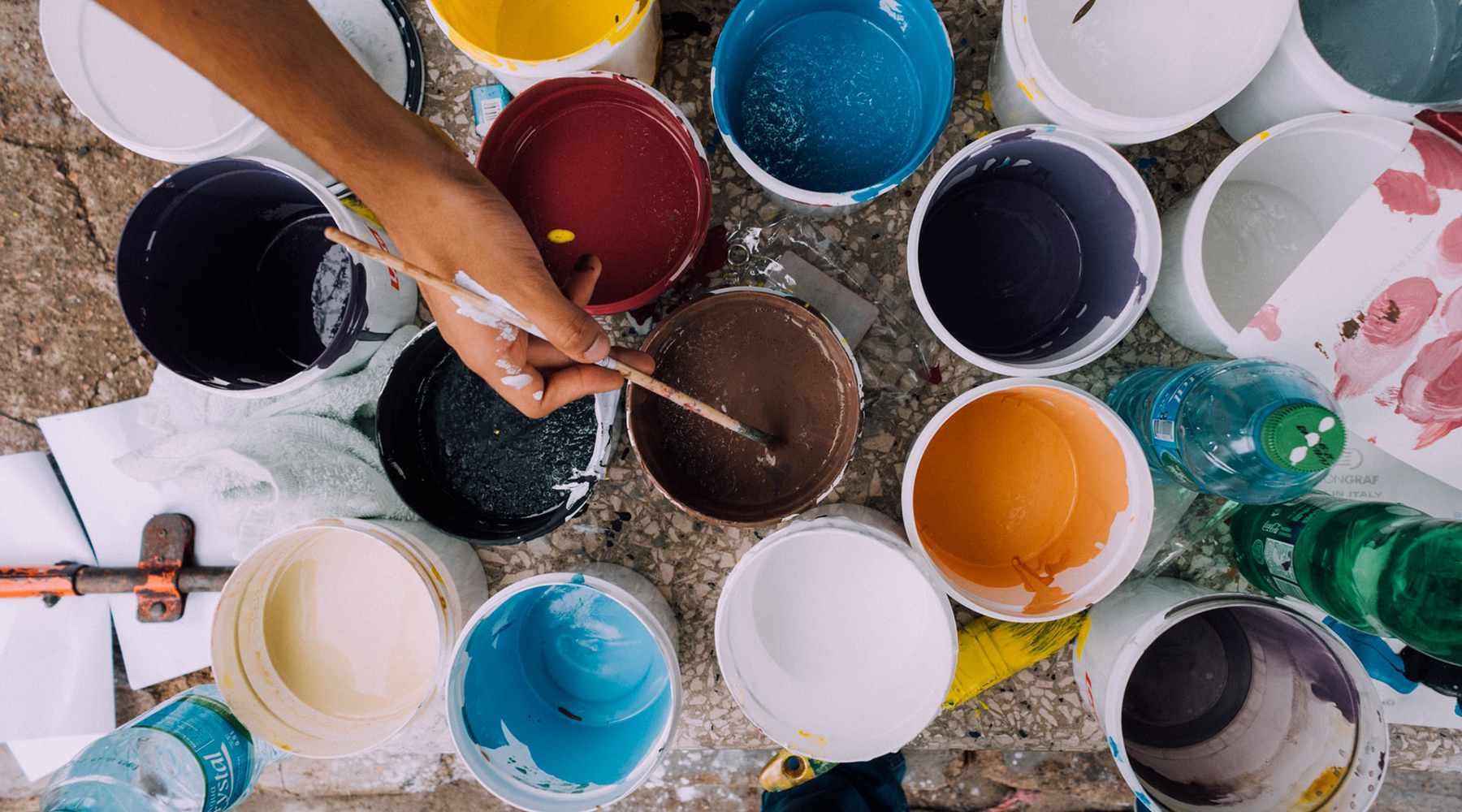
When the brain is on an overthinking wheel of worry it can often feel as if you can’t stop your thoughts. The term ‘anxiety’ is incredibly broad: it can come in many different forms and cause people to react and cope with it differently.
The absolute worst advice given to those experiencing or living with anxiety is being told to “just stop worrying”. This is completely shutting down the other person’s personal experience and not giving any space for understanding.
Finding your own way to cope with and alleviate anxiety is really important and understandably not all methods will suit everyone. However, in this post I want to offer my personal approach to coping with anxiety through art-making as a way to feel more grounded and present in the moment. You don’t have to be a creative pro, any mark-making big or small is a big step in keeping focused.
(I am not a medical professional and I would highly recommend speaking to a professional if you’re looking for more advice on therapeutic and medical ways to help your symptoms).
1. Making a mess through paint
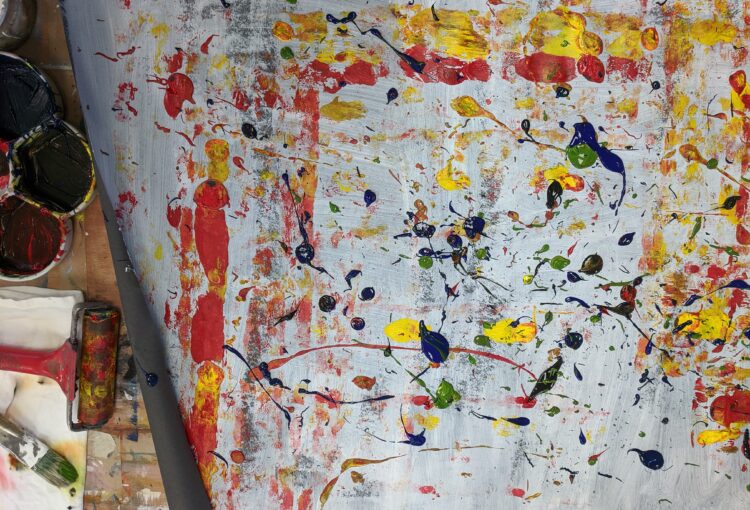
Making art does not need to be neat or “perfect” and this form of release is great if you prefer the messier side of art-making. You will however need space and an area that can be protected from paint or at least easily cleaned up. I highly recommend doing this in the garden if this is possible.
Having a form of release for all the nervous energy that anxiety can accumulate is incredibly beneficial for the mental state as well as the physical. Whether we are aware of it or not our body stores most of our anxiety. Have you ever felt absolutely exhausted after a panic attack? That’s the release of the built-up tension.
The idea of this activity is to let go, throw the paint at the paper or the canvas, use different tools, even try using your hands to smudge the paint. Start by choosing paint colours that most resonate with you and go with your instinct.
2. Continuous-line drawing
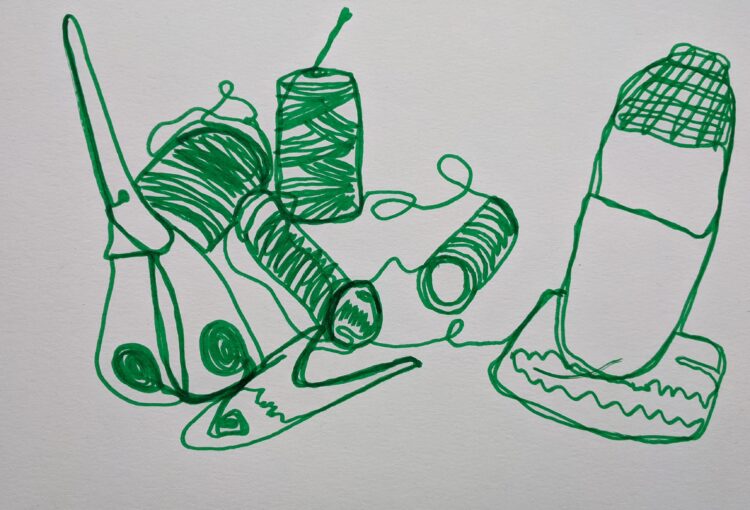
If you’ve not heard of a continuous-line drawing before, the concept is simple: continue to press your pen or pencil down on the surface without lifting it up. You can create your own creations or observe your surroundings and recreate them by using this technique. It can be a little tricky to master at the beginning. You’ll need to focus your eyes on your chosen item to follow its outlines and details and not be tempted to break that focus by looking down at your paper.
This is a great activity to learn being more present in the moment because it leaves no space for anxious thoughts in your mind. You should be busy focusing on not breaking the continuous line. I particularly like this mode of drawing because it creates abstract pieces from ordinary objects.
3. Collage-making
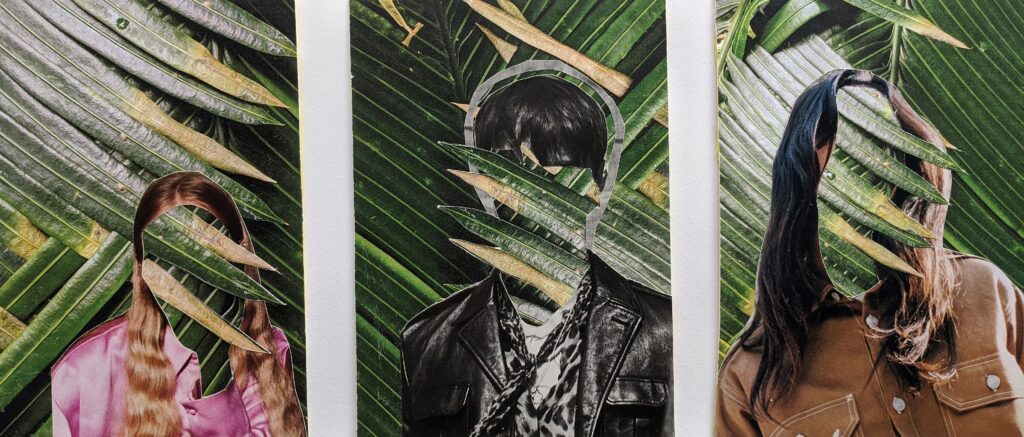
Making collages is incredibly versatile because there are very little limits to the materials that you can use to attach materials together. If you want to keep to the basics it is easy to find a newspaper, magazine or scrap paper lying around your home. Spending time choosing the materials you want is a good way to distract your mind from your own worries, if only for a moment. As for the creation stage of the collage it can be totally up to you what you want to make. Therefore, this format can reach those intimidated by making art. When I collage I find that I am very focused on the arrangement of the piece and the precision of the cutting.
4. Modelling with clay
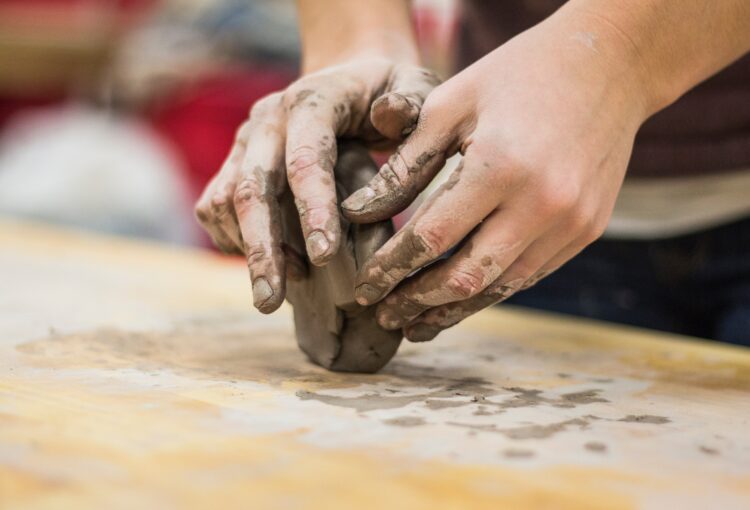
Physically interacting with three dimensional art-making materials can be very soothing. Very much like the childhood days of messing around with Play-Doh, modelling with clay has similar qualities. It can be as messy as you want it to be and the constructed piece doesn’t need to resemble something real. It’s engaging as an art-making tool that can leave you in a meditative state whilst focusing on the construction.
